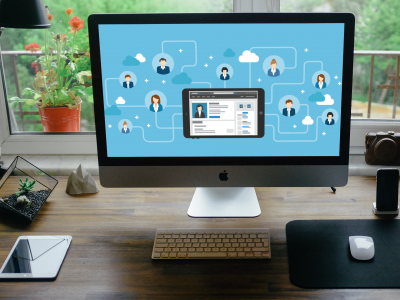
LinkedIn is a great tool for professionals and nonprofit volunteers to market their skills and goals. Moreover, it is an economical tool for individuals, companies and nonprofits to find employees and positions. Nonprofits can tap the vast potential inherent in this top social media site to enhance their fundraising efforts. Many nonprofits are run like Fortune 500 companies with professional managers at the helm as well as volunteers working in selected positions. Some nonprofits are run exclusively by volunteers, save for a part-time executive director.
How Money was Raised Earlier
Pre-internet, volunteers formed common interest groups to raise funds for nonprofits. These endeavors had a set procedure discussed below:
Feasibility Study
A detailed study was conducted on the amount of funds needed. Then an assessment was done based on revenue and current donor base. A special procedure was devised to accept funds for projects. Also created was a compartmentalized donation process to expedite donations and provide publicity for the company.
Quiet Phase
Board members and volunteers helming the nonprofit were encouraged to pledge a notable level of support. Other individuals close to the organization’s “inner circle” were also approached to participate in the fundraising project.
Public Phase
When 60% of the funds were raised, the campaign was considered fully on. Many prospects, mainly members of the nonprofit and past donors, were courted to donate generously. Selected potential donors were solicited to donate in return for public recognition. Some organizations targeted a specific date when volunteers contacted hundreds of potential supporters to donate to the organization.
How Can LinkedIn Improve the Above Process?
Many wealthy people use LinkedIn. This website has 467 million members worldwide including 128 million from the USA. The average CEO on LinkedIn has 930 connections. Moreover, 41% of millionaires use LinkedIn. How can you leverage LinkedIn to help carry out your fundraising?
Step 1
Tap your fellow board members and ask them if they use LinkedIn for their online networking needs. Understand how large their online networks are. Make the case to those board members who have not yet joined the social media site. Encourage them to join LinkedIn by informing them it is free and brings highly worthwhile professional and personal connections.
Step 2
Encourage your volunteers to expand their first level LinkedIn network and ask them to invite those connections to join your organization’s membership. Identify potential donors and devise a way to get in front of them. Use your own networks and those of your first connections to identify potential donors.
Step 3
The donor pool in your area may be sufficiently large. Many of them would like to see their name in print. This can be fulfilled by including donor’s names in your annual reports. Those donors who do not want publicity can be listed as anonymous.
Step 4
Build a potential donor list from the attendees to your programs and events. Occasionally, review and update the data with colleagues. Ascertain which donors would like to donate to your initiatives. Generally, people who give to museums may give to historical societies. Those who focus on eliminating poverty may not have any interest in donating to a symphony or a ballet.
Step 5
Search potential donor names on LinkedIn. You will most likely find a path to reach the donor listed. He may be in the LinkedIn network of a colleague or may be a friend of a friend. At times, one of your colleagues may also indirectly know him. In this way, you can obtain a sizeable amount of data about potential donors.
Step 6
Devise a plan to get in front of each of the members in your donor list. Try coming face to face with each of them. Before asking for an introduction, check whether you already know them online. Tapping your online networks will introduce some of the people in your donors list.
Step 7
Ask each prospective donor for his or her support. Use a professional approach underscoring your organization’s mission, critical projects and accomplishments, while showing respect throughout. Expect to be traded down in giving levels. Be sure to follow-up wherever required. Feel free to approach habitual donors to similar causes as well as those generally philanthropic.
Jade Gardner is a Marketing Manager at Hire Php Developer.



















